Retro Replay Review
Gameplay
Perimeter reinvents the real-time strategy genre by narrowing your command down to five specialized squads. Each squad consists of a mix of Soldiers, Officers, and Technicians, and these specialists can morph into more advanced units when their composition meets specific requirements. This design forces players to think critically about unit composition and future battlefield roles rather than simply spamming generic troops. The result is a more thoughtful pace that rewards planning and adaptability.
(HEY YOU!! We hope you enjoy! We try not to run ads. So basically, this is a very expensive hobby running this site. Please consider joining us for updates, forums, and more. Network w/ us to make some cash or friends while retro gaming, and you can win some free retro games for posting. Okay, carry on 👍)
Another standout feature is the terraforming system, which lets you sculpt the battlefield to your advantage. You can raise hills to gain high-ground vision, dig trenches to funnel enemy advances, or flatten plains for large base expansions. This mechanic adds a layer of environmental strategy rarely seen in RTS games. Terrain isn’t just a backdrop—it becomes a living, malleable area that you and your enemies vie to control.
The titular “perimeter” shield provides a powerful defensive tool, rendering everything within its radius invulnerable while it’s active. However, it draws heavily on your energy reserves, which serves as the game’s sole resource. Managing that energy supply becomes a constant juggling act: you must decide when to invest in expansion, when to defend, and when to conserve power for critical moments. This forces you to balance aggression with caution and ensures that no two matches play out the same way.
Micromanagement takes a backseat here in favor of grand strategic decisions. With fewer units to oversee and a single resource to manage, Perimeter shifts the challenge from click-intensive tactics to long-term planning. You’ll spend more time considering how to reshape the world around you, how to allocate energy, and when to deploy your shield versus rushing forward. This emphasis on broader strategy sets Perimeter apart from its contemporaries and offers a refreshing change of pace for seasoned RTS veterans.
Graphics
For a game released in the early 2000s, Perimeter’s graphics remain impressive in how they convey a dynamic, otherworldly environment. The terrain deformation animations are smooth and responsive, giving an immediate visual payoff whenever you reshape hills or carve out valleys. This real-time feedback makes terraforming feel weighty and strategic rather than a gimmick.
Unit designs lean toward the futuristic and slightly industrial, fitting the narrative of desperate survivors fighting for cosmic survival. Soldiers appear rugged and battle-worn, Officers carry specialized gear, and Technicians sport mechanical appendages that hint at their utility. Though individual models lack the polygon counts of modern titles, they are clear, distinct, and easy to track during hectic engagements.
The perimeter shield effect stands out as one of the game’s most visually striking elements. When activated, a soft, undulating barrier envelops your territory, flickering with energy pulses. It’s satisfying to watch your base glow with protective light, yet unsettling to see it fade as your energy wanes. This visual cue ties directly into gameplay, ensuring you always know the status of your defenses at a glance.
Environmental details like alien flora, jagged rock formations, and distant cosmic vistas add atmosphere without overwhelming the battlefield view. Color palettes shift subtly between missions—from muted earth tones on barren worlds to harsher, red-tinged landscapes in volcanic zones—keeping the visual experience fresh as you progress through the campaign.
Story
Perimeter thrusts players into a universe on the brink of collapse. Your civilization has discovered a way to survive only by harnessing a mysterious energy field, the “perimeter,” but this scientific breakthrough comes at a cost. As sectors of space fall into ruin, you must expand your foothold, scavenge energy sources, and defend your remaining outposts against rival factions and environmental hazards.
The narrative unfolds through mission briefings, in-game dialogue, and stylized cutscenes. While the story doesn’t shy away from high-concept sci-fi tropes—ancient alien technologies, doomsday energy crises, and political infighting—it grounds itself in the mechanics you use every minute. When you terraform a world to save your settlers or erect a shield to fend off an ambush, you feel directly connected to the unfolding drama.
Villains and allies alike emerge from the story’s twists and turns. As you push deeper into uncharted regions, you encounter hostile warlords who view your perimeter technology as a threat to their own power. Meanwhile, scattered factions of survivors plead for your help, adding moral choices: will you divert precious energy to aid them or keep it for your own strategic needs?
The campaign’s pacing balances intense, high-stakes battles with quieter moments of resource gathering and base building. This ebb and flow prevents narrative fatigue and ensures that each new mission introduces fresh objectives—whether it’s a desperate defense, a stealthy infiltration, or a large-scale assault supported by newly morphed units.
Overall Experience
Perimeter challenges you to think differently about RTS gameplay. Its streamlined unit system and single-resource management force an emphasis on strategic foresight rather than twitch-based micromanagement. If you’re looking for a title that demands careful planning, flexible tactics, and mastery of its unique mechanics, you’ll find Perimeter both rewarding and demanding.
While its age shows in polygon counts and UI conventions, the core experience feels timeless. Terrain deformation and shield management remain novel, and the constant energy trade-offs keep every decision meaningful. Even experienced strategy players will find themselves recalibrating their usual approaches to accommodate these innovations.
The story may not rival epic sci-fi blockbusters, but it serves as an effective backdrop for the game’s mechanical ingenuity. You’ll feel the stakes as each mission pushes you toward new frontiers and tougher adversaries. The blend of narrative urgency and gameplay depth makes the campaign feel cohesive and purposeful.
Overall, Perimeter stands as a bold experiment in reshaping the RTS formula. Its focus on strategy over raw unit volume gives it a unique flavor, and the three core innovations—specialist squads, terraforming, and the perimeter shield—combine to create a distinctive, memorable experience. For players craving a cerebral challenge and a fresh take on real-time strategy, Perimeter remains a hidden gem worth exploring.
 Retro Replay Retro Replay gaming reviews, news, emulation, geek stuff and more!
Retro Replay Retro Replay gaming reviews, news, emulation, geek stuff and more!
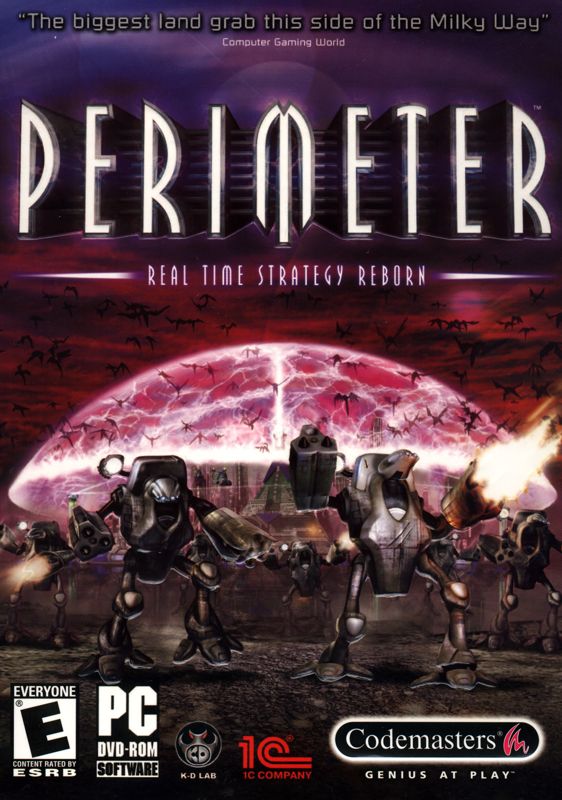
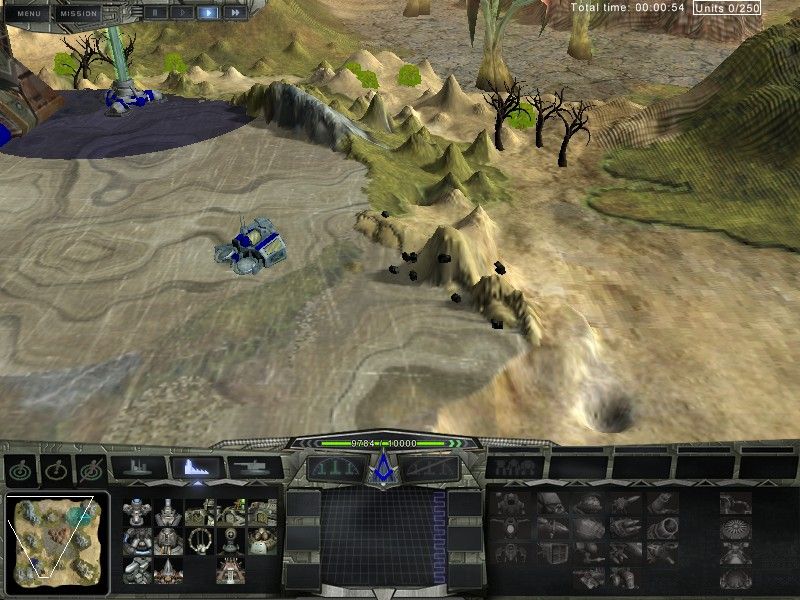
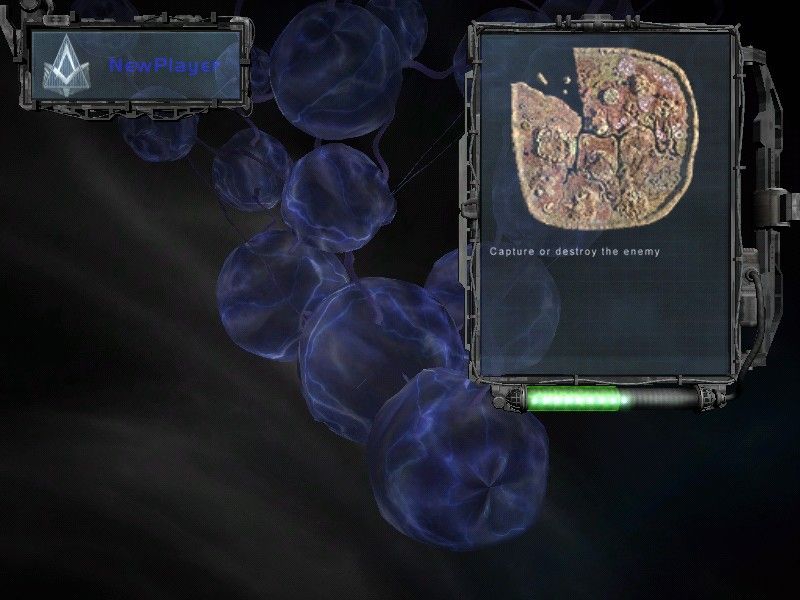
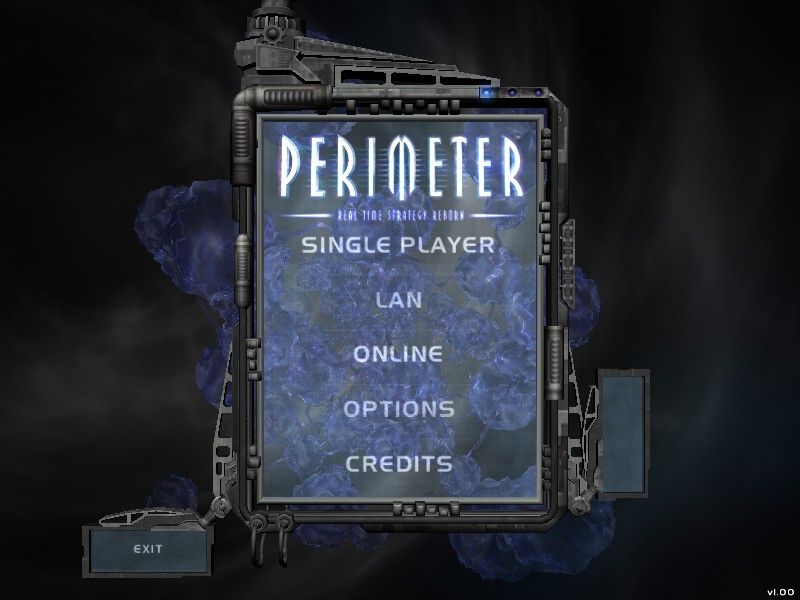
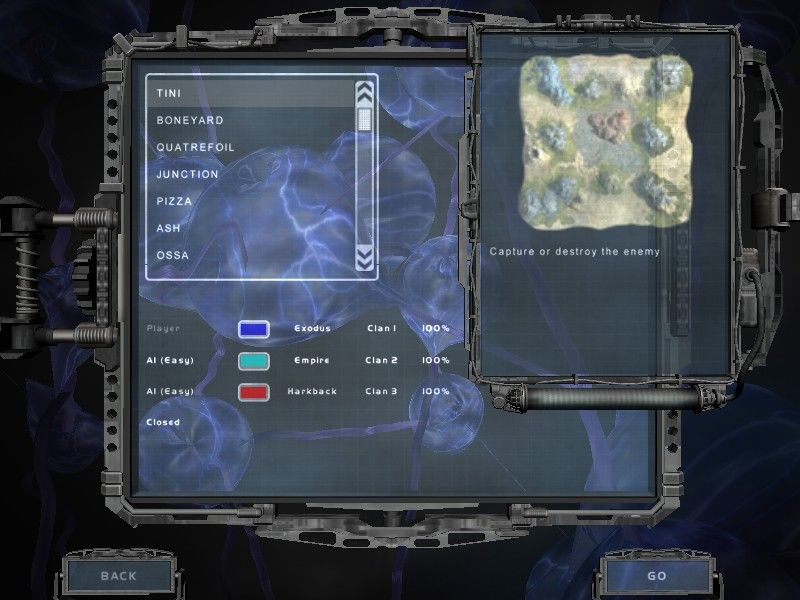
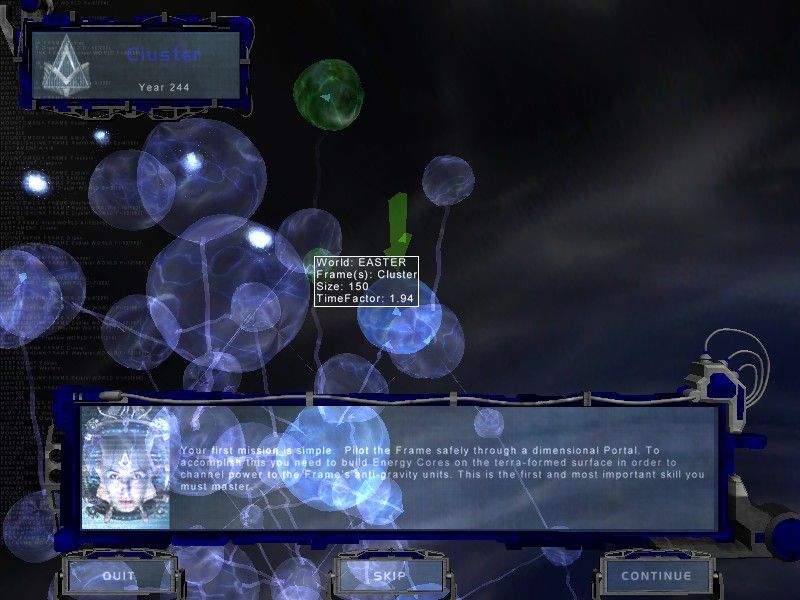



Reviews
There are no reviews yet.